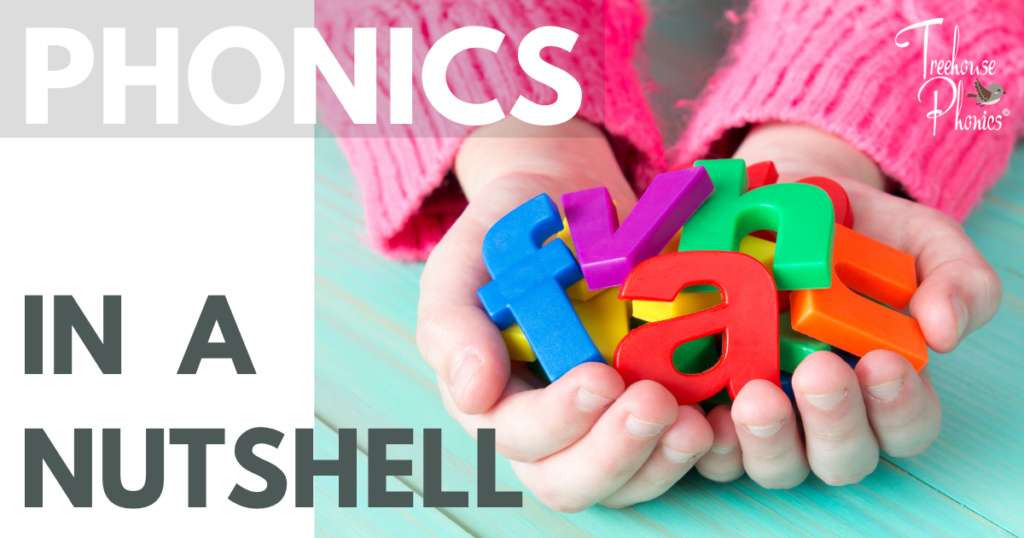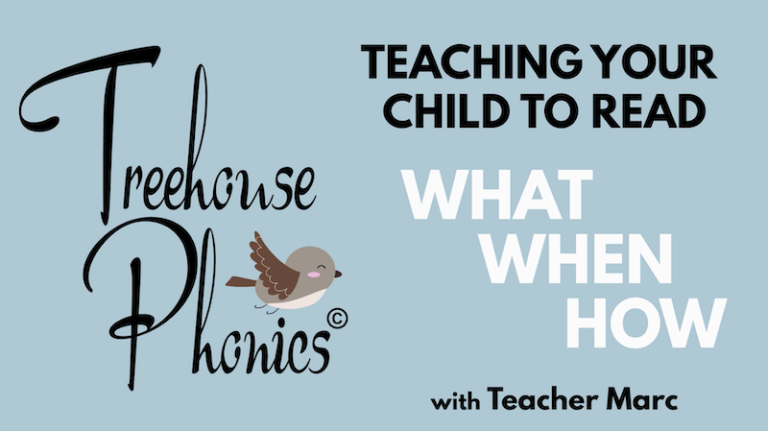Phonics has been a buzzword for decades. Many will claim that it is a skill that leverages amazing results and builds a solid foundation in reading proficiency. Choosing the best reading program starts with a clear definition of what phonics is all about.
Hundreds of programs present their own approach to phonics and I’ve seen my fair share of gimmicks and strategies. Some work well. Some can use a little refinement. When shopping for the most effective program, the educated consumer (assuming that’s you), needs to understand what you’re buying into.
History
Phonics has been around for a while. The term phonics made its first appearance in the Oxford English Dictionary in 1901. Most of us heard it first through television ads from companies like Hooked on Phonics which arrived on the scene in 1987 and became a household name throughout the 90s. Others include the widely popular Jolly Phonics and the Letters and Sounds program, openly endorsed by the British Ministry of Education. For the most part, they essentially do the same thing; teaching beginners to read with greater proficiency, fluency, and competence using phonics skills as a core to understanding the sound/letter correlation. So, what is phonics?
Phonics – Defined
Simply put, Phonics is the method of teaching someone how to read and write a language through the mapping of sounds to letters.
Creating a physical representation of spoken language is the key to the preservation of culture, history, and language. Each group, tribe, or nation will create a system that works best for them. Some might catalog a sound with simple pictures (hieroglyphics) like the ancient Egyptians or the Chinese with their hundreds of characters. We use Romanised text. 26 to be exact.
The Great Debate – Effective or Not?

If a bride spills a single drop of red wine on her wedding dress, where do our eyes gravitate to? The stain. We are no longer focused on a radiant woman in white on her special day. Some people can’t look past the fact that Phonics doesn’t always work and an alarming number of professionals will dismiss the effectiveness of this method altogether over a seemingly unending host of spelling anomalies.
Over time, wars, subjugation, and political alliances have contributed to the irregularities in spelling we see in the English language. In fact, over a third of English words are borrowed from French! We took from the Greeks and Germans too. What we didn’t do, was change the spelling for most of those words. Would you consider this fact a rather large splash of red wine on a bride’s gown?
Wouldn’t life be a little easier if the word “colonel” was spelled as it sounds “kernel”?

How about the word “asthma”? Could we not have dropped the “th” and call it day?
It’s these irregularities in spelling that seem to shatter the rules of phonics and leave us to challenge the stability of the whole process. Some openly claim that the English language is a complete mess! Is it the cruel joke that so many have come to accept?
I’m here to tell you that phonics works! English is not the mess we’ve been told it is. In fact, only 4% of written words in the English language are truly irregular, where their spelling defies explanation. The rest, the other 96%, can be broken down, mapped out, and explained using phonics! As an educator, I’m calling that a mic drop.
We’ve defined what Phonics is and what it is meant to accomplish but let’s dig a little deeper and see what’s involved in this process.
Breaking It Down
The International Phonetic Association tells us that are a total of 107 sounds that cover every language spoken on this planet. The English language uses 44 of those sounds and discards the rest. Words are assembled by gathering the smallest units of sound called phonemes and we represent these 44 phonemes in print form with letters, also known as graphemes. Remember that graphemes in another language can be anything that represents a sound, whether that is a squiggly line, a character, or a picture. In our case, we are limited to 26 graphemes and we need to manipulate these in various ways to produce 44 sounds. Here are two examples in which a single phoneme can be expressed using a variety of graphemes.
In this example, the phoneme /k/ sound can be expressed with four different graphemes.

Here we find the long vowel /ā/ sound represented in print form by as many as eight different graphemes.

Phonemic Awareness
This is the ability to hear and manipulate the individual sounds we hear in words. This is basically, the first step.
Phonemic Awareness Activities will include the following:
Segmenting – pulling apart a word to identify the individual phonemes that make the word.
Blending – assembling one phoneme after another in sequential order to build a word.
Deleting – Removing a phoneme from a word to create a new word. Eg: cat (remove the c) = at
Substituting – Switching on phoneme for another to form a new word. Eg: swapping out the first phoneme in dad, to make had or sad. Or swapping the middle phoneme in words like pit, pat, and pet. Ending sounds are no exception either.
Reversing – Flipping words around to create new words such as bat to tab and rat to tar.
Note that the activities above focus primarily on sounds and what we HEAR. Every one of these activities can be done without ever lifting a pencil to paper.
Phonological Awareness
The awareness of our speech sound system. The ability to recognize words in a sentence as well the syllables in a word and the phonemes within syllables. This is the next step in developing our phonics skills. It takes in all the activities from being phonemically aware and adds a few of the following activities.
Identifying rhymes – this involves hearing word families, ending sounds in words, and grouping them together like the words cat, rat, fat, bat and sat.
Blend the onset and rhyme – Blending a word like cat by dividing it and isolating the word family rhyme at apart from the onset c to blend the word c – at.
Counting words in a sentence – The dog had a nap on the rug. = 8 words.
Matching initial sounds – Similar to the popular I-Spy activity where we identify words by their initial sound (the first sound you hear in that word) and group them together. Eg: egg, elephant, envelope, elbow, and so on. Note the focus is not on the letter but rather the sound so, we can include words like arrow as the initial a graphene is pronounced as a short vowel e sound.
Solid Foundation
The above, are just a few of the activities that when mastered, give evidence of phonetic mastery and provides a rock-solid foundation for success in reading proficiency. However, failure to master the above activities may provide you with a predictor of onset reading challenges that may include a diagnosis of dyslexia. The earlier we can start to teach phonics, the quicker we can identify whether our children will need a more tailored approach to their own learning style. If phonics can help with early detection, is it not worth its weight in gold?
Phonics provides the building blocks for reading success. When a child comes across a word they don’t know, they can pull it apart (segment) and rebuild the word (blend). The obstacle becomes a challenge they can work out on their own and that builds true and lasting confidence!
To learn more about a phonics program to has captured the best of the best and assembled what truly works, check out Treehouse Phonics. No other program is as dedicated to helping homeschooling parents teach their child to read with outstanding proficiency and effectiveness.



